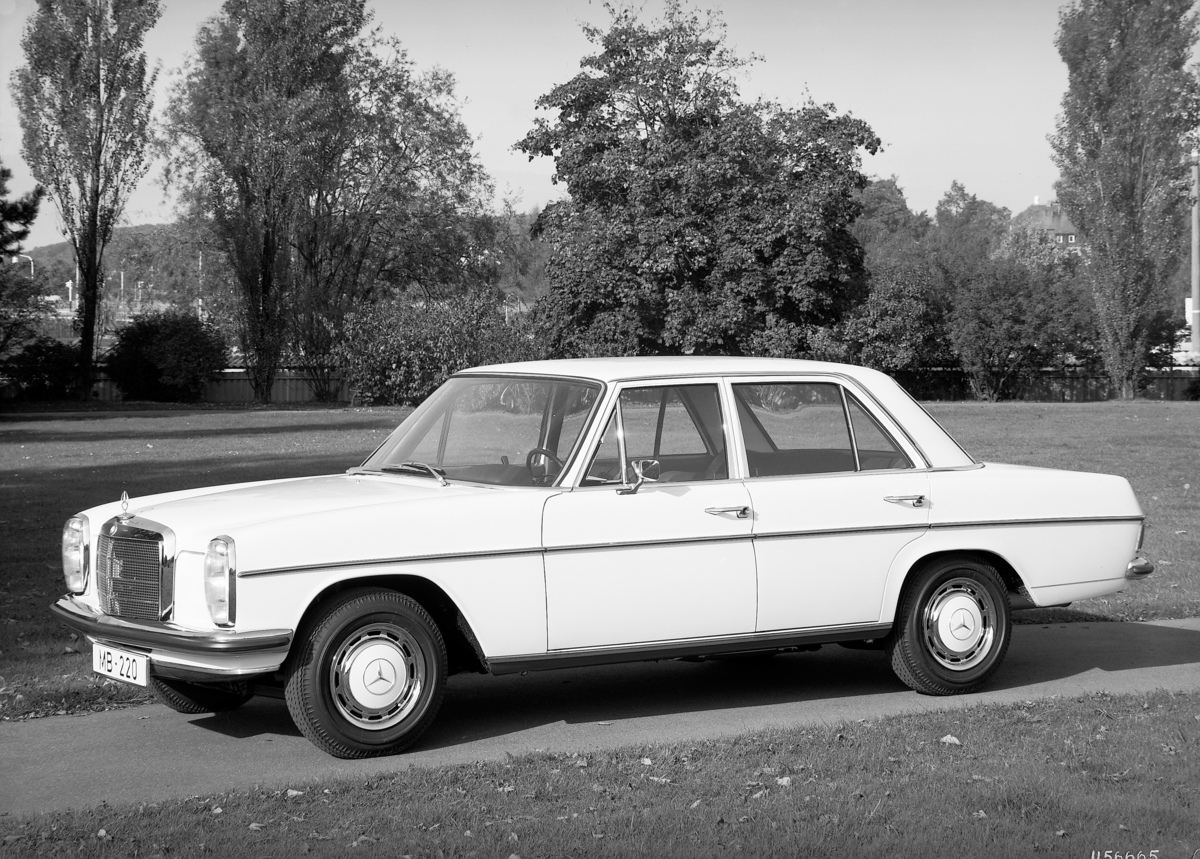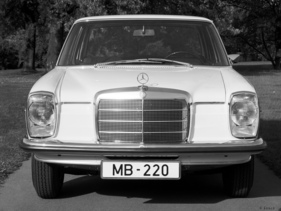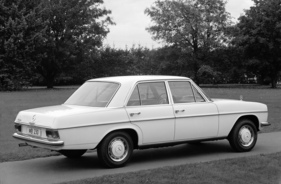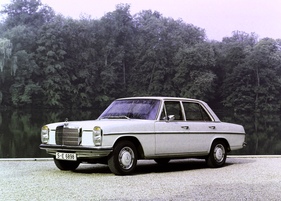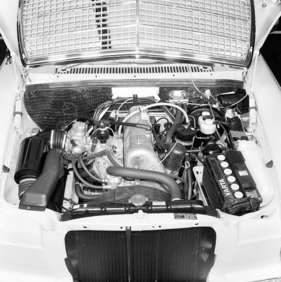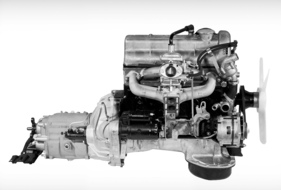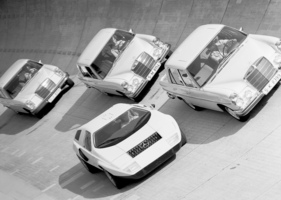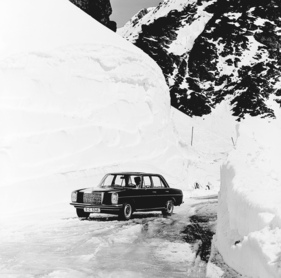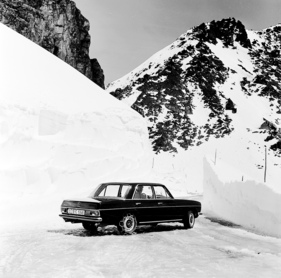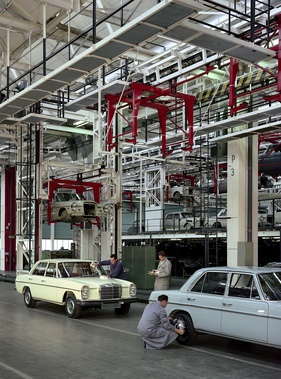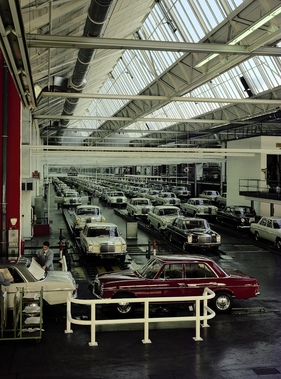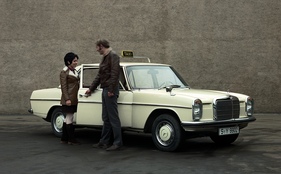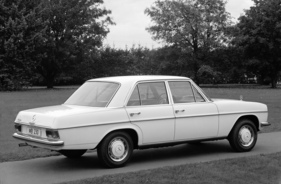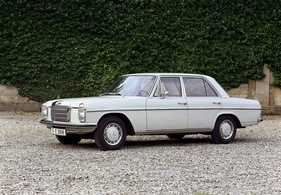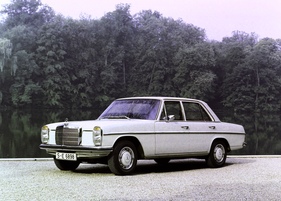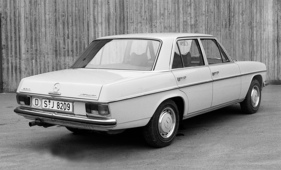Travel giant - Mercedes Benz 220 in a historic test
Summary
The /8 sedan from Mercedes is one of the most popular sedan classics. It was built as the four-cylinder W 115 series from 1967 to 1976. Together with the six-cylinder models (W 114), almost two million units were produced and these cars are a prime example of long-term quality and robustness. In 1971, Auto Revue tested the 220 model and was more than just impressed after around 6000 km. This article reproduces the wording of the test report at the time and is illustrated with many historical pictures.
This article contains the following chapters
- Why two almost identical cars?
- Solid as a rock and not slow
- Solidity and a sense of well-being
- One of the most expensive four-cylinder engines
- Individual examples from the surcharge list
- Plenty of space and good seats
- The engineer button
- Practical front lights
- Hard-drinking but robust four-cylinder engine
- Contemporary chassis
- Neutral to good-natured oversteering
- Comfortable ventilation
- Plenty of storage space
- Prestige and comfort for cash
- Comparison with the competition
Estimated reading time: 7min
Preview (beginning of the article)
Have you ever had the feeling that a car can be more than just a means of transportation? That it can become a real companion. That was the case with our Mercedes Benz 220 test car. It sped along the miles and miles of German autobahns, climbed Italian Alpine passes and twisted and turned along French and Spanish country roads. Almost 6000 kilometers. Without a hitch, without grumbling, without defects. And when you got off after a long day, you were hardly tired, hardly sweaty and had no cramps in your arms or legs. In a word: a real travel giant, this 220. At first glance, it may seem strange that Mercedes still builds both the Type 200 and the larger 220. On the one hand there is a car with 1988 cc and 95 DIN hp at 4800 rpm, immediately followed by a car with 2197 cc and 105 DIN hp at 4800 rpm. Externally, the two look exactly the same, the price difference is only öS 2000. So why?
This article is reserved for registered readers.
Just log in quickly or register within seconds for free.
Photos of this article

